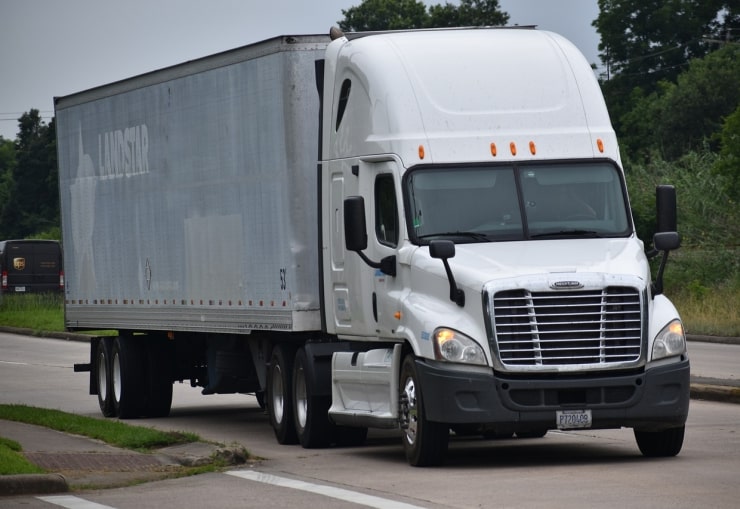In the vast landscape of the American trucking and transportation industry, holding a Commercial Driver’s License (CDL) opens a plethora of career opportunities. If you’ve ever wondered what can you do with a CDL, the answer might surprise you with its depth and breadth. While many outside the industry may narrowly associate a CDL with long-haul trucking, the reality paints a much more intricate picture. From the city streets to the vast expanse of interstate highways, a CDL is your key to navigating diverse career routes.
Data from the U.S. Bureau of Labor Statistics indicates a steady demand for jobs that require a CDL, underscoring its significance in the national economy. The trucking sector alone accounts for transporting nearly 70% of the nation’s freight by weight. But a CDL isn’t just about cargo. It’s about the myriad of specialized roles it caters to and the extensive array of vehicles it empowers one to operate.
For instance, if you’ve wondered, “What can you drive with a Class A CDL?”, the spectrum is vast. It includes everything from flatbeds hauling heavy machinery to tankers transporting essential liquid commodities. Beyond the conventional realm of trucking, Class A CDL holders can delve into specialized sectors such as livestock transportation, intermodal logistics, or even the high-demand world of hazardous materials transportation. Each of these areas offers unique challenges and rewards, promising a dynamic work environment that goes beyond the monotony.
However, a CDL doesn’t stop at Class A. With Class B and Class C licenses, drivers can operate an even wider array of vehicles with additional CDL endorsements, from smaller delivery trucks to passenger buses, catering to niche markets and specialized needs.
Let’s delve deeper and explore the avenues waiting for you in the world of CDL careers.
1. Over-the-Road (OTR) Truck Driver
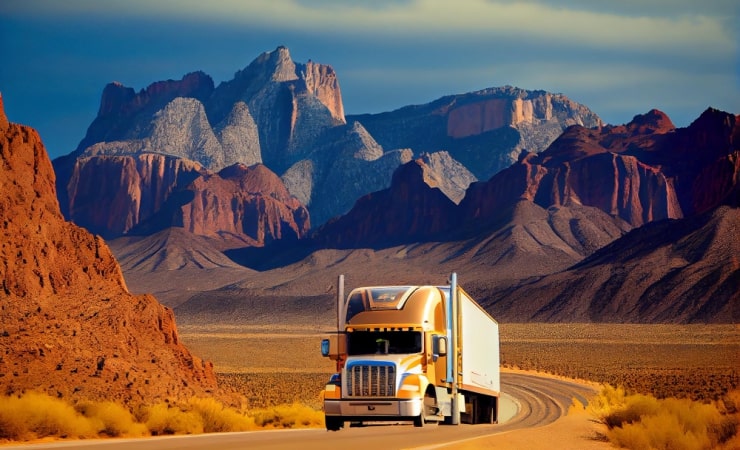
These drivers specialize in hauling freight over extended distances, often crisscrossing multiple states or even the entire nation. Responsible for timely deliveries and cargo safety, they can be on the road for several weeks. A good sense of direction and adaptability are vital. OTR jobs are very common job openings in trucking companies of this type and over-the-road drivers are always in demand. Typically, they require a CDL A license due to the weight and type of trailers they pull.
2. Local Truck Driver
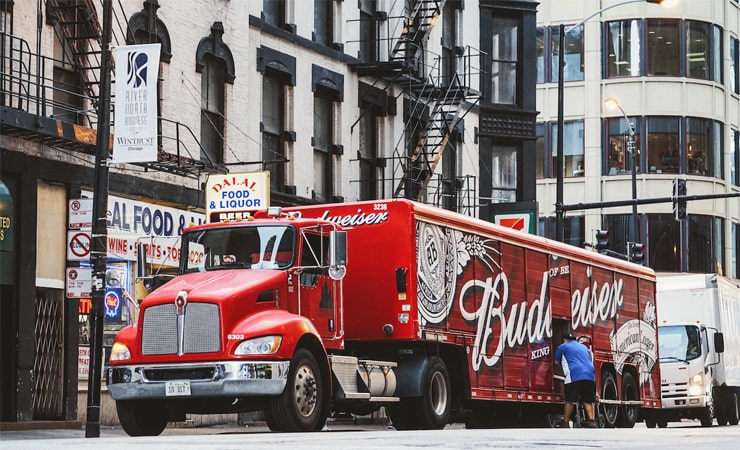
Operating within a specific region, these drivers ensure timely delivery of goods to homes, businesses, or retail establishments. From packages to food items, they cater to a range of industries. Their role is crucial for last-mile delivery, connecting distribution hubs to the end consumer. Knowledge of local routes and customer service skills are important.
The required CDL type can vary based on the vehicle’s weight and size, but often a CDL B or even a CDL C might suffice, especially for smaller delivery vans.
3. Bus Driver
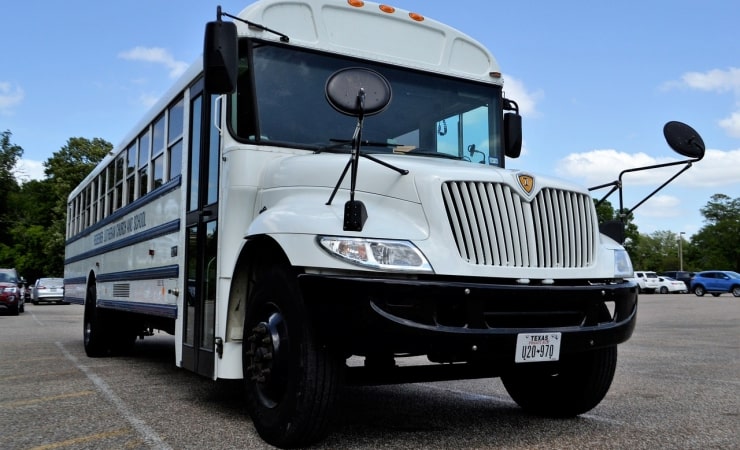
Spanning a variety of roles, bus drivers can be found chauffeuring students to school, transporting daily commuters via city transit systems, or carrying passengers between cities. Their priority is passenger safety and comfort. Familiarity with routes, schedules, and people skills is essential. For school bus drivers and certain city transit buses, a CDL B is usually required. Intercity bus drivers, due to the larger size of buses they drive, might also need a CDL A, especially if the bus is designed to carry a significant number of passengers or is coupled with large storage compartments.
For all of these roles, additional endorsements might be required depending on specific responsibilities, the materials transported, or state-specific regulations. Always check local and state requirements when considering a career in commercial driving.
4. Dump Truck Operator
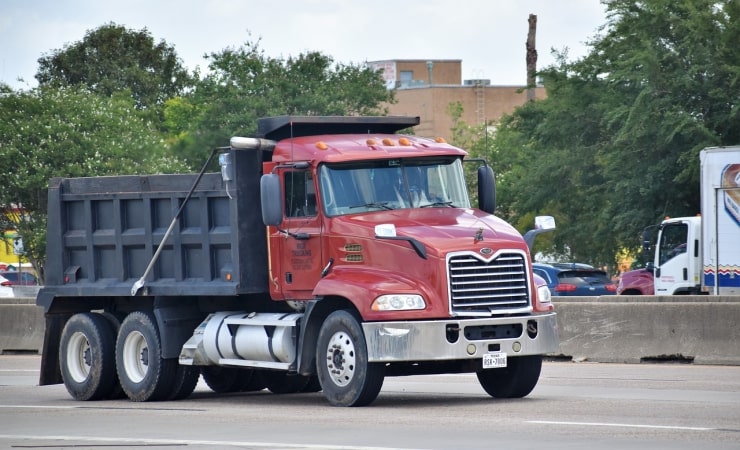
Dump truck operators handle the transport of loose materials like sand, gravel, and coal, usually for construction or mining projects. They’re skilled in maneuvering their vehicles safely even under challenging terrains and know how to operate dumping mechanisms efficiently. The job often requires a CDL B license due to the size and weight of the dump trucks. Some larger dump trucks, especially those used in mining, might require a CDL A.
5. Tanker Truck Driver
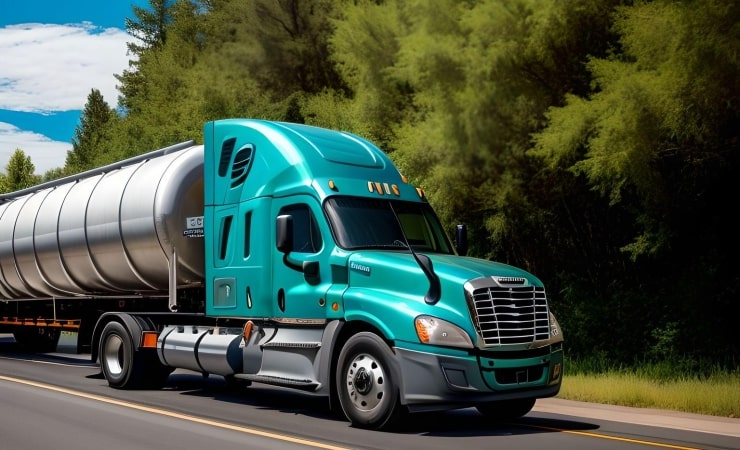
Specialized in carrying liquids or gases, these drivers handle everything from water and milk to gasoline and industrial chemicals. Given the nature of their cargo, they must be skilled in ensuring no spillages and handling the unique driving dynamics of a liquid-filled tank. A CDL A is commonly required for this job due to the weight and size of the tankers. Additionally, a Tanker endorsement (often denoted as an “N” endorsement) is necessary.
6. Hazardous Materials (Hazmat) Driver
These professionals are entrusted with the transport of potentially dangerous substances, which can range from certain chemicals to radioactive materials. Safety and regulatory compliance are paramount in this role. Depending on the weight and size of the vehicle, a CDL A or CDL B might be required. Crucially, a Hazardous Materials endorsement (usually denoted as an “H” endorsement) is a mandatory addition to their CDL, and this involves passing a specific hazmat knowledge test and undergoing a TSA background check.
7. Flatbed Truck Driver
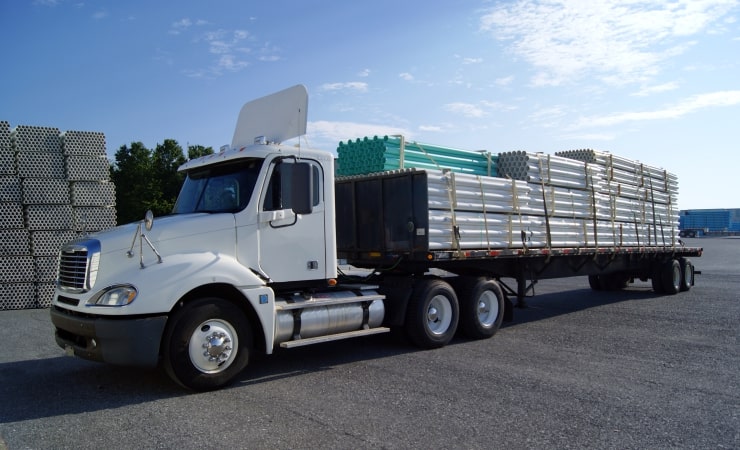
These drivers are experts in handling oversized or irregularly shaped cargo, from construction equipment to timber, that cannot be accommodated within a conventional trailer. Properly securing loads and understanding weight distribution is paramount. Typically, these drivers need a CDL A license due to the weight and size of their trucks and loads.
8. Tow Truck Driver
Tasked with relocating broken-down, wrecked, or improperly parked vehicles, these drivers must have strong technical knowledge, the ability to operate winches and hooks, and often some basic mechanical understanding. Depending on the size and weight of the tow truck and whether it’s hauling large commercial vehicles, a CDL A or CDL B might be required. Smaller tow trucks for regular vehicles may only necessitate a CDL C.
9. Refuse and Recyclable Material Collectors
These professionals are responsible for the timely collection of waste or recyclables from homes and businesses. Navigating narrow city streets and operating the vehicle’s compacting or dumping mechanisms are common tasks. Generally, these trucks are large but not as heavy as many long-haul trucks. This job often requires a CDL B, although some smaller vehicles might only need a CDL C.
10. Auto Transporter
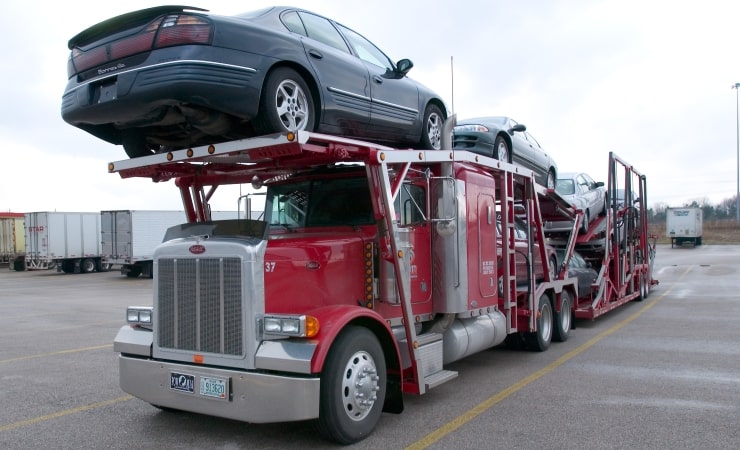
Auto transporters are specialized in moving vehicles, often new, between manufacturers, dealerships, or from auctions. Using unique multi-level trailers, they must ensure vehicles are securely loaded, protected from damage, and safely delivered. Given the weight and size of the loaded trailer, a CDL A is typically required for this role.
11. Logging Truck Driver
These drivers handle the transport of large logs from forested logging sites to processing mills or storage areas. Due to the weight and often cumbersome nature of the logs, drivers must be particularly skilled in load distribution and road safety. The bulk and weight of these trucks generally mean a CDL A license is required.
12. Livestock Driver
Entrusted with the transport of living animals, these drivers operate trailers designed for ventilation, feeding, and animal safety. Whether moving cattle, pigs, or poultry, drivers must ensure a smooth ride to minimize stress on the animals. The size and weight of fully loaded livestock trailers usually necessitate a CDL A license.
13. Refrigerated Freight Driver
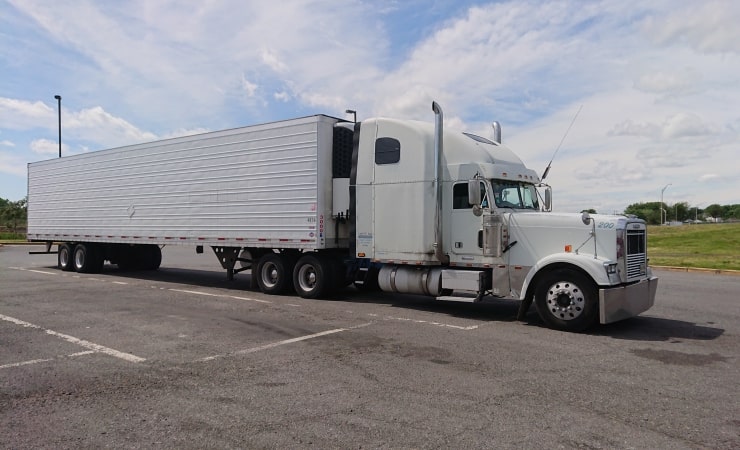
Responsible for moving temperature-sensitive goods, these drivers ensure perishables like food or critical items like medical supplies maintain specific conditions during transit. Their rigs are equipped with refrigeration units requiring constant monitoring. Given the size and weight of refrigerated trailers, a CDL A is typically needed.
14. LTL (Less Than Truckload) Driver
These drivers manage the transportation of smaller freight shipments that don’t fill an entire trailer. Their routes often involve multiple stops, delivering or picking up goods at various locations. Depending on the size of the truck or the combined weight of the truck and freight, drivers might need a CDL A. However, some smaller LTL trucks can be operated with a CDL B.
15. Oilfield Trucking
Specialized in serving the oil and gas industry, these drivers transport equipment, drilling materials, and occasionally waste products to and from drilling sites. Due to the heavy and sometimes hazardous nature of the cargo, as well as the challenging terrains of oilfields, drivers need to be highly skilled. The requirement can vary between CDL A or CDL B, depending on the truck’s size and the nature of the cargo.
Always remember that while these are general guidelines, specific licensing requirements might differ based on local and state regulations or particular nuances of the job in question.
16. Concrete Mixer Operator
These operators drive trucks equipped with rotating drums that mix concrete ingredients en route to construction sites. Once onsite, they manage the pouring and delivery of the mixed concrete. Given the size and weight of concrete mixer trucks, operators typically require a CDL B. Some larger mixers, especially those used for major construction projects, might necessitate a CDL A.
17. Freight Broker
While primarily an office-based role, many freight brokers have trucking experience, giving them keen insights into logistical challenges. This background can help them connect shippers with suitable truckers efficiently. Holding a CDL, while not mandatory, can enhance credibility in the industry. Whether it’s a CDL A, B, or C would be contingent on the broker’s past driving roles.
18. Driver Trainer
Leveraging their experience and expertise, driver trainers coach and mentor new entrants to the trucking industry. They offer hands-on guidance, from operating the vehicle to understanding regulations. Being in a position to train, especially for big rigs, they would likely hold a CDL A, showcasing their proficiency in handling large commercial vehicles.
19. Intermodal Driver
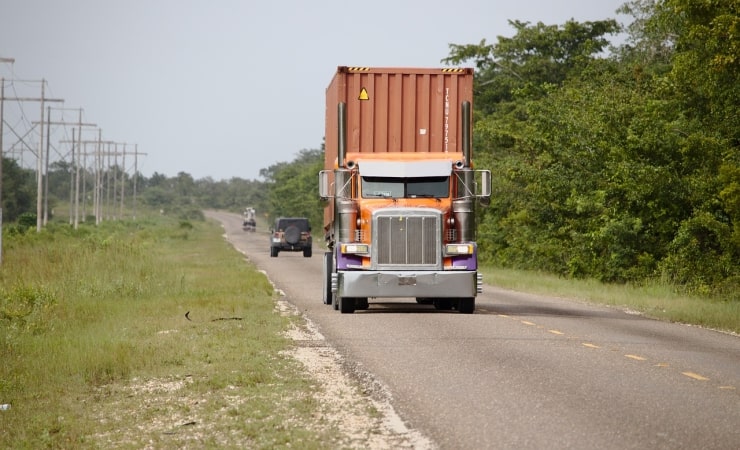
Focused on the movement of shipping containers, intermodal drivers operate between ports, rail yards, and distribution hubs, ensuring seamless transitions in the shipping process. Their role plays a vital part in global trade, connecting sea, rail, and road transport. This position generally requires a CDL A license due to the weight and size of the fully loaded trailers.
20. Specialized Freight Hauler
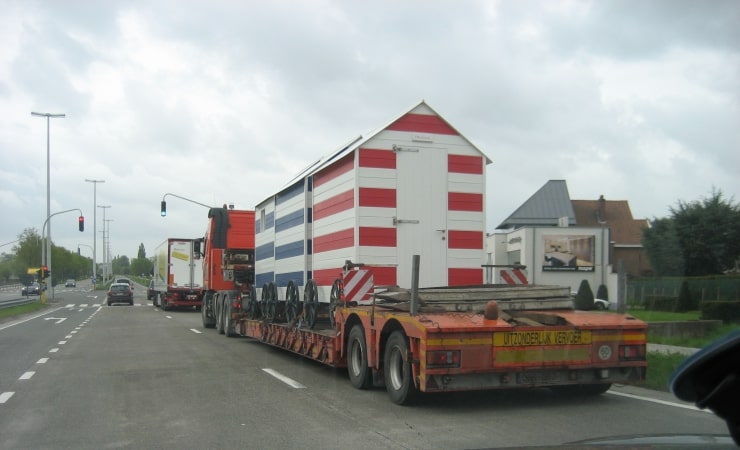
These drivers are trained to manage uniquely challenging cargos, such as large machinery, glass panels, or other fragile or oversized items. Their trucks often have specialized equipment to secure and protect the load. Given the size, weight, and nature of the equipment they haul, a CDL A is typically required.
21. Team Driver
To maximize efficiency and minimize transit times without breaching hours-of-service regulations, team drivers operate in pairs. While one drives, the other rests, allowing for continuous driving over extended distances. As they often handle larger vehicles and cross-country routes, a CDL A is the standard requirement.
22. Straight Truck Driver
Straight truck drivers operate single-frame vehicles without a separated cab and trailer, generally known as straight trucks.
Commonly used for deliveries in urban and suburban environments, these trucks can navigate tighter spaces more easily than large semis. For most straight trucks, a CDL B is usually required, though the specifics depend on the vehicle’s weight and size.
23. Food Service Delivery Driver
These drivers specialize in transporting food products to various venues such as restaurants, schools, and other institutions. Beyond mere delivery, some take on additional roles like sales, ensuring stock meets client needs, or offering customer service. The truck’s size generally dictates whether a CDL B or a smaller classification is needed, but many fall under the CDL B category.
24. Transit Mixer Driver
Tasked with transporting large batches of ready-mix concrete, transit mixer drivers ensure the mixture remains consistent en route to construction sites. The drum continuously rotates to prevent the concrete from setting. Given the weight of these trucks when loaded, a CDL B is typically necessary.
As always, it’s essential to consider local and state regulations and the specificities of the vehicle being operated, as licensing requirements can differ accordingly.
25. Paratransit Driver
Specializing in assisting individuals with disabilities, paratransit drivers ensure their passengers are transported with care and respect. From wheelchair-accessible vehicles to safely assisting passengers, they prioritize safety and comfort. Depending on the vehicle’s size and capacity, most would require a CDL C license, but larger vehicles might necessitate a CDL B.
26. Shuttle Bus Driver
Shuttle bus drivers transport passengers in smaller buses across short distances. Typical routes include airports to hotels, resorts, or within campuses. Their emphasis is on providing frequent, reliable, and punctual services. Depending on the bus size, they usually require a CDL B license, though very small shuttles might only require a CDL C.
27. Small Freight Courier
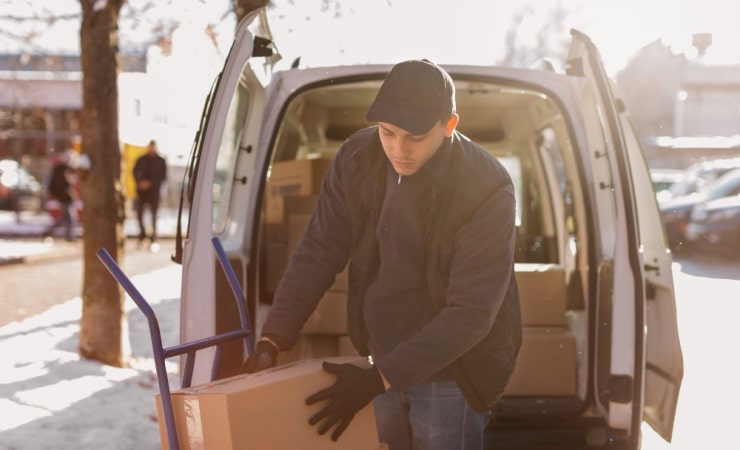
These couriers manage the delivery of parcels and small cargo loads using compact commercial vehicles. Their routes typically weave through urban landscapes, ensuring timely deliveries while navigating traffic and frequent stops. The vehicle’s size usually determines the license, with many needing a CDL C, but larger vehicles would require a CDL B.
Conclusion
So, as you chart out your career path, it’s imperative to ask, “What jobs can you get with a CDL license?” The answer, at your glance, spans 28 distinct roles, if not more. Each job not only offers a chance to earn but also provides a unique lens to view the vast American landscape and its intricate logistical backbone.
The choice is expansive: whether you desire the thrill of navigating the open highways or the challenge of maneuvering through urban sprawls, a CDL offers you a world of opportunities.

